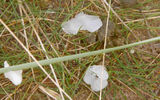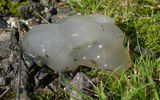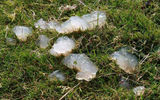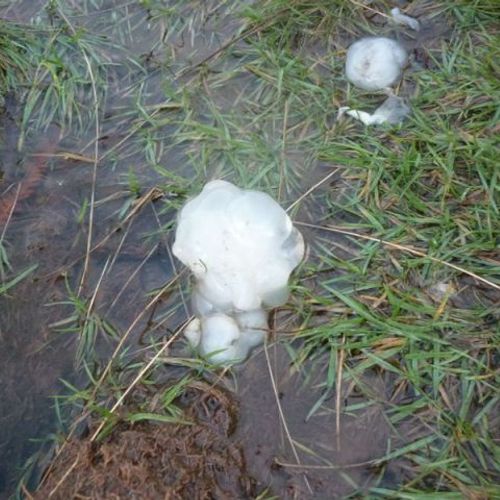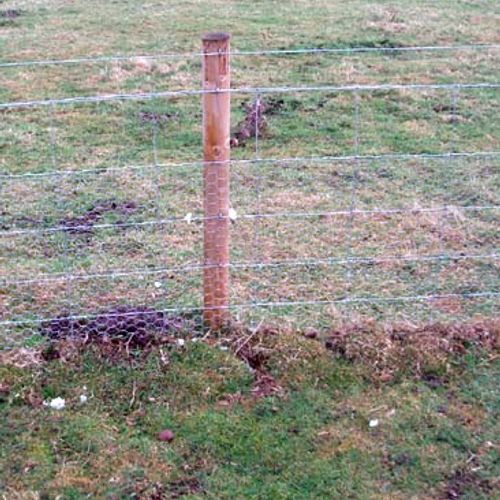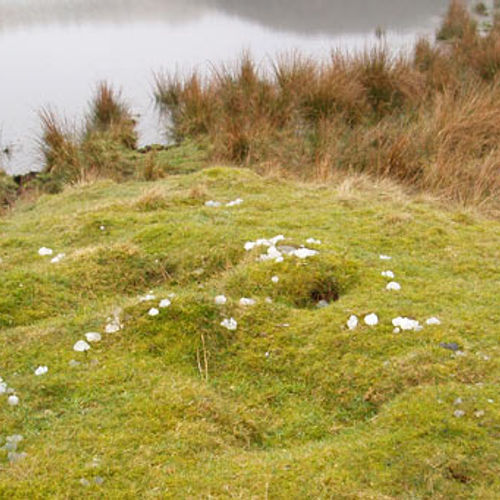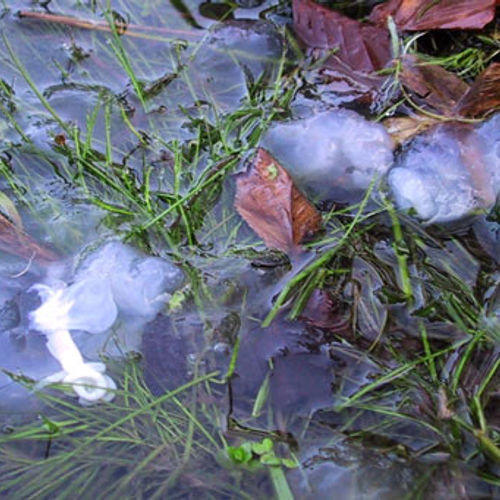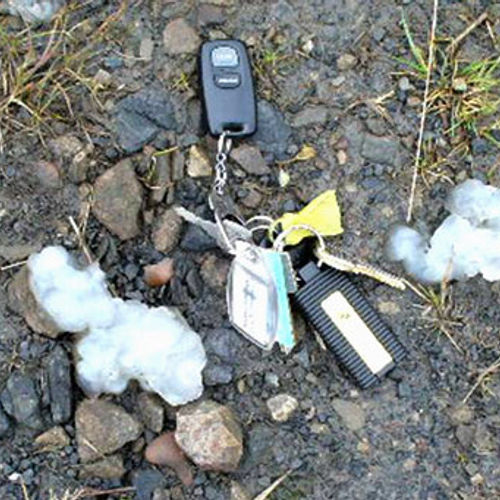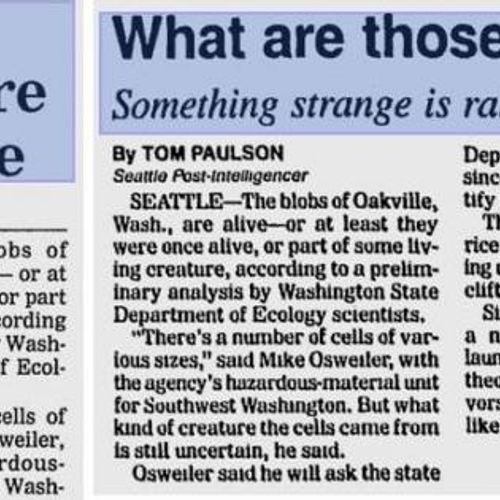| ID | #1551603054 |
| Added | Sun, 03/03/2019 |
| Author | July N. |
| Sources | |
| Phenomena | |
| Status | Hypothesis
|
Initial data
At the British Museum of natural history created a Department dedicated to unexplained phenomena. His staff are not idle. Mysteries of nature throws a lot.
In this Department the British have their strange discoveries - strange stones, exotic insects, plants, bones of unknown animals. Quite often one glance is enough experienced experts to unravel the mystery. However, it happens that experienced researchers be in utter bewilderment.
The Daily Telegraph told its readers about the discovery of a strange viscous substance that resembles mucus. It was found on the grass in a nature reserve Royal society for the protection of birds in Somerset at a time when, according to witnesses, the sky flashed a meteorite. There were people who connected the two events and called the strange substance "intergalactic jelly". Laboratory tests have not yet given the answer that it is.
A leading expert involved in the study of gelatinous substance from Somerset, česká Rogers says that the riddle still remains unsolved, despite a multitude of tests. The Museum's experts admit that for the first time faced with such a difficult identification of the object of study.
The substance appeared in the same week, when the sky over Chelyabinsk exploded meteorite. And then an Amateur photographer has captured over the reserve of the mysterious object. Left in the sky strange dash was similar to the falling celestial body, however, astronomers have not confirmed his appearance on the Somerset.
Scientists have turned to old records and found there related to the XVI century mention of "star jelly". Even then, this phenomenon was associated with celestial phenomena. In reserve, found another cluster of gelatinous mass, and another sample was sent for analysis to the experts. Scientists have identified her from DNA, which has nothing in common with the DNA of earth organisms.
Translated by «Yandex.Translator»
Hypotheses
Sodden toad eggs
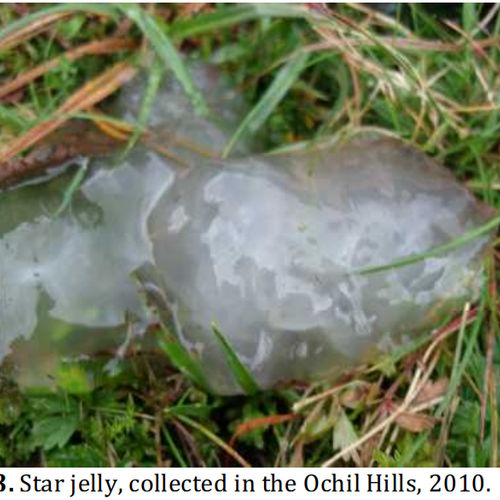
"The Glagow naturalist is" in 2014 published a study, "Recent observations of a “mystery star jelly” in Scotland appear to confirm one origin as spawn jelly from frogs or toads," explains the phenomenon of "star jelly".
It turned out that the eggs of frogs or toads, not delayed by natural, and extracted from the body in the attack of a predator did not have a protective film that quickly absorb moisture from the environment and turn into a homogeneous gelatinous mass.
Investigation
Resume
Similar facts
Log in or register to post comments
